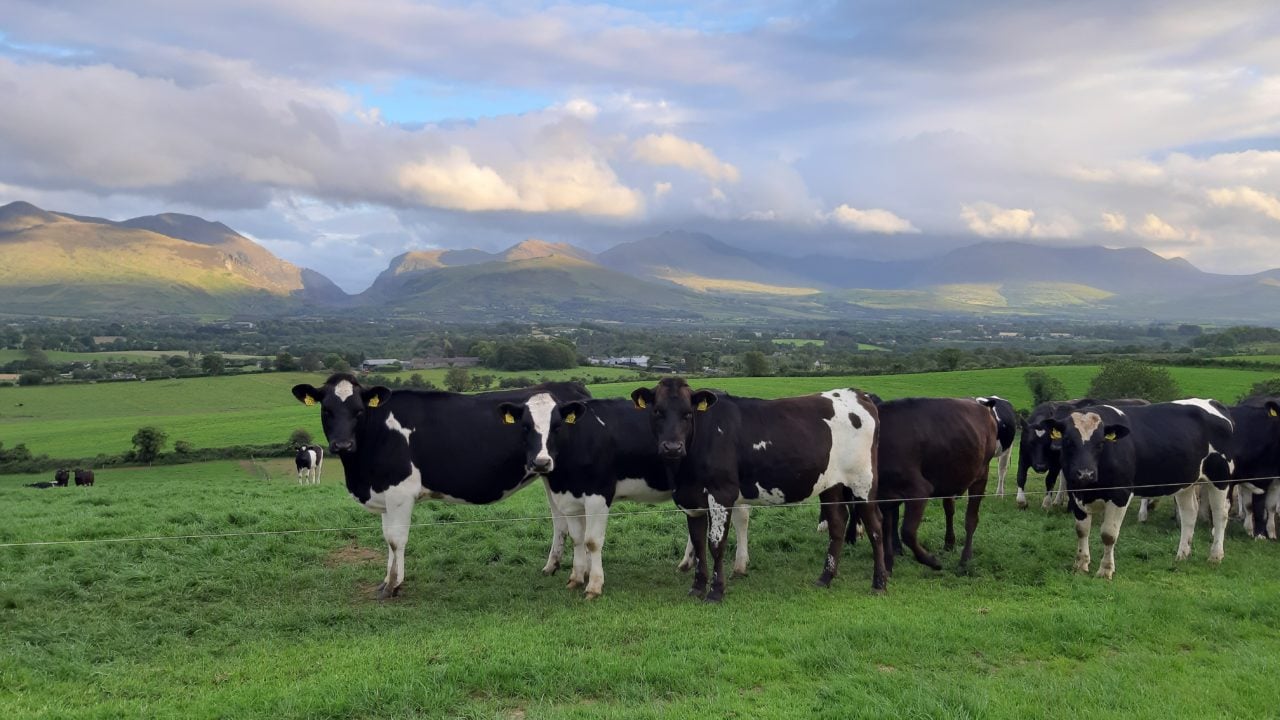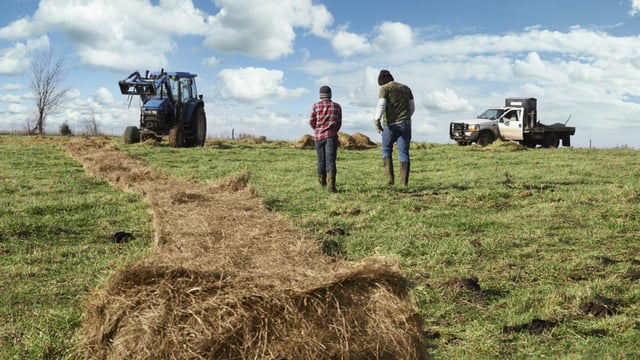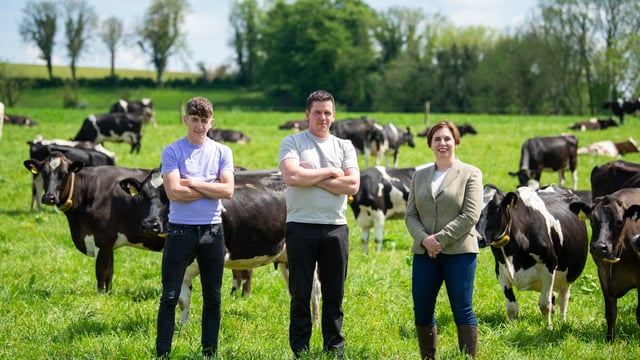Dairy cow numbers down 1.3% in 2024 - first decrease since 2009
Dairy cow numbers reduced by 1.3% in 2024, marking the first decrease since 2009, according to a new report by Teagasc.
The report, 'Advancing Innovation, Sustainability and Technical Performance of the Agri-Food Sector in 2024', also showed that milk output finished the year with a similar decline.
This improved slightly as the year went on, as output was down cumulatively by over 5% by August. The report highlights 2024 as a year of "two distinctly different halves".
Weather and price issues in the first half of the year were followed by a strong recovery in the second half of the year.
There was also a significant bounce in milk price recorded from the beginning to the end of the year, with 16% to 17% increases met across the board.
Commercial Beef Value (CBV) of calves born from the dairy herd increased through the rise in use of sexed semen and a strong movement to beef sires for non replacement pregnancies.
Farmers are proving to be more efficient in converting grass and feed sources to milk solids, with carbon footprint of Irish milk showing a continued downward trend, dropping from 1.02kg of CO2e/kg fat and protein corrected milk (FPCM) in 2018 to 0.93kg of CO2e/kg FPCM in 2024.
A recent Teagasc study explored the potential to improve nitrogen utilisation in grazing dairy cows through breeding.
The findings revealed that genetic improvement is achievable, but Teagasc stated that more data on nitrogen utilisation traits is needed to enhance selection accuracy due to the low heritability of these traits.
This highlights the importance of further research to optimise breeding strategies for improved efficiency and sustainability.
Meanwhile director of research at Teagasc Pat Dillon described the dairy beef sector as having changed "drastically", with the proportion of prime beef slaughtered having increased from 42% in 2012 to 60% in 2024.
The proportion of dairy births registered to a beef sire in 2018 to 2023 has increased from 45% to 52%.
Key actions undertaken in 2024 included increased use of sexed semen straws to approximately 300,000, and increased proportion of high CBV beef AI straws to 49% used on dairy farms.
It also included the launch of the Tipperary Dairy Beef demonstration farm which is a joint initiative between Dawn Meats, Shinagh Estates and Teagasc, along with an increased number of new entrants in dairy calf-to-beef courses to 47.
Live animal trade increased in 2024 driven by a 75% increase in the number of weanlings exported from the suckler herd.
There was an increase in the total number of cattle finished in 2024 compared to 2023 (1.8 million compared to 1.78 million). Prime cattle carcass weights reduced by 5kg and age at finish increased by 11 days.
Of the animals finished, 60% were of a dairy origin relative to 58% in 2023. Direct costs as a percentage of output reduced from 57% to 52% due to the increases in beef prices.
The CBV of calves from suckler herd and the non replacement progeny from the dairy herd continued to increase at a largely similar rate of €1 per year.





